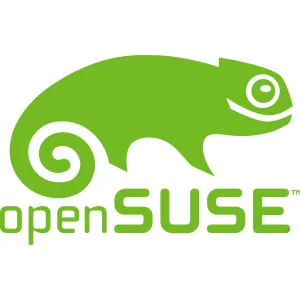Why SUSE Likes The Btrfs File-System

Matthias Eckermann of SUSE gave a presentation at LinuxCon last month about "why btrfs is the Bread and Butter of Filesystems." Eckermann is a senior product manager at SUSE and quite passionate about Btrfs as the future Linux file-system while acknowledging that it's not the only good Linux file-system and that there's other options out there depending upon the use-case.
While it shouldn't come as a surprise to frequent Phoronix readers, one of the highly-praised Btrfs capabilities is its copy-on-write support and efficient snapshot capabilities. SUSE already has a Snapper utility making Btrfs snapshots for managing OS activities (e.g. upgrades), snapshotting on the desktop, and there's support for server-side snapshots too. Snapper integrates with SUSE package management software like Zypper or YaST system management and is exposed as a DBus service. The server-side copy support comes down to Btrfs as a Samba back-end.
Btrfs also has greater maximum file-system and file sizes than can be found by EXT4 or XFS with 16 EiB limits on each. Btrfs also supports sub-volume quotas, tail packing, online shrink of the file-system, and numerous other capabilities that make the SUSE Linux developers happy. Going out, Btrfs is also exciting for planned data de-duplication support and tiered storage between SSDs and HDDs.
Those wanting to dig deeper into this Btrfs presentation can find the PDF presentation slides.
20 Comments

